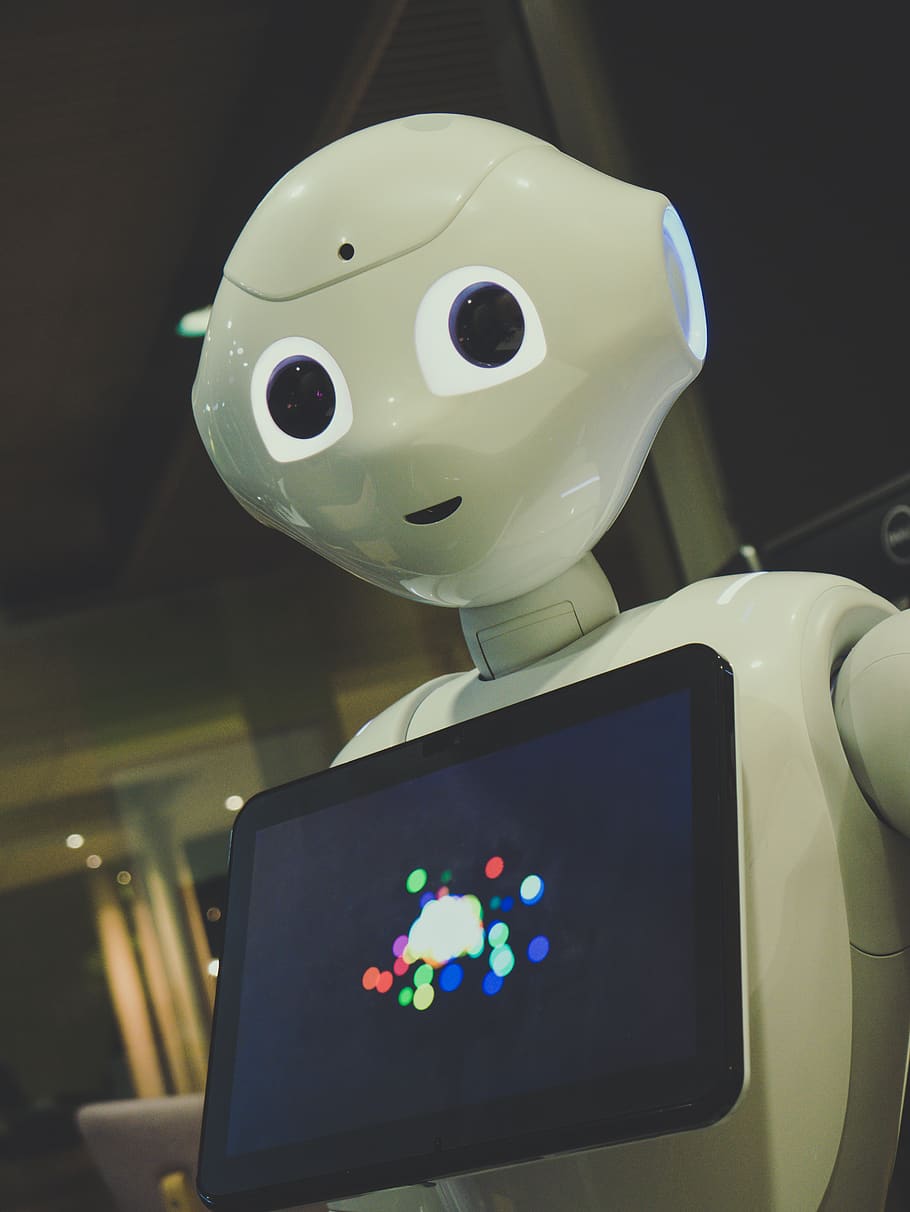

Advances in artificial intelligence (AI) are eliciting much fear from society, especially considering the potential impact on the workplace. So far, most projections of job loss levels have taken a top-down approach, which can produce wildly varying results. But a new paper, “The Impact of Artificial Intelligence on the Labor Market”, by Stanford University’s Michael Webb, takes a more grounded route…
This article is only available to Macro Hive subscribers. Sign-up to receive world-class macro analysis with a daily curated newsletter, podcast, original content from award-winning researchers, cross market strategy, equity insights, trade ideas, crypto flow frameworks, academic paper summaries, explanation and analysis of market-moving events, community investor chat room, and more.
Advances in artificial intelligence (AI) are eliciting much fear from society, especially considering the potential impact on the workplace. So far, most projections of job loss levels have taken a top-down approach, which can produce wildly varying results. But a new paper, “The Impact of Artificial Intelligence on the Labor Market”, by Stanford University’s Michael Webb, takes a more grounded route.
Webb looks at current patents linked to AI. He establishes what tasks the associated technologies will perform and then compares them with the tasks performed in different occupations. His hypothesis? Large overlaps between the two suggest potential job loss and wage reduction.
The Benchmark
Webb benchmarks his new approach using the earlier technological shifts, namely robotics and software. Robotics patents typically described processes like cleaning, moving, welding, and assembling various objects. And he found that the most exposed occupations were people who moved materials in factories and warehouses, and factory equipment supervisors.
Software patents typically described processes like recording, storing, and producing information, and executing programs, logic, and rules. He found the most exposed occupations were broadcast equipment operators, plant operators, and parking lot attendants.
What About AI?
AI patents typically describe processes like predicting prognosis and treatment, detecting cancer, identifying damage, and detecting fraud. These are tasks involved in medical imaging and treatment, insurance adjusting, and fraud analysis. The notable difference between AI and the previous technologies is the ability for AI to detect patterns and make a judgement rather than having to follow predetermined rules.
The most exposed occupations include clinical laboratory technicians, chemical engineers, optometrists, and power plant operators. On the lower skill side, production jobs that involve inspection and quality control are exposed. The least exposed occupations include animal carers, food preparation workers, postal mail carriers, college instructors, and entertainment performers.
More generally, jobs that involve the application of reason to previously unencountered situations (such as researchers), and jobs requiring interpersonal skills (such as teachers, managers, and baristas) are least exposed to AI. This logic suggests certain aspects of the legal profession could be affected. For example, AI could endanger paralegals and administrative law judges who perform more routine tasks. Meanwhile, the less linear and more interpersonal work done by lawyers may remain less exposed.
Which Demographics are Most Exposed?
Perhaps the most striking aspect of Webb’s analysis is that AI will hit higher paid and better educated jobs the most, unlike past technological advances. For example, the advent of robots saw those at the bottom of the wage distribution impacted the most (first line chart). The advent of software saw those in the middle impacted the most (second line chart). Now, it seems, AI will probably impact those at the top of the wage distribution the most (third line chart). This could narrow income inequality.
Chart Group 1: Tech Impact on Wage Groups
Source: Webb Michael. 2019 “The Impact of Artificial Intelligence on the Labour Market”. Stanford University
A similar pattern is observable for education levels. Robots most impacted those with high school (HS) or lower qualifications (first bar chart). Software still impacted that group the most, but the impact grew for better qualified workers (second bar chart). Now, there is something of a reversal: AI will impact those with bachelor’s or master’s degrees the most (third bar chart)
Chart Group 2: Tech Impact on Workers by Education Background
Source: Webb Michael. 2019 “The Impact of Artificial Intelligence on the Labour Market”. Stanford University
What are the Broader Implications?
Widening inequality is a hot topic, with policymakers groping for solutions. But automation and technology are often cited as a reason behind it. This new work challenges that perception. It suggests that today’s inequality could be partly due to older technology shifts. And importantly, that new technologies such as AI might reduce it with higher paid workers losing their jobs or seeing lower earnings. The question, then, is what form will populism take when fuelled by disgruntled, college-educated workers?
Bilal Hafeez is the CEO and Editor of Macro Hive. He spent over twenty years doing research at big banks – JPMorgan, Deutsche Bank, and Nomura, where he had various “Global Head” roles and did FX, rates and cross-markets research.
(The commentary contained in the above article does not constitute an offer or a solicitation, or a recommendation to implement or liquidate an investment or to carry out any other transaction. It should not be used as a basis for any investment decision or other decision. Any investment decision should be based on appropriate professional advice specific to your needs.)